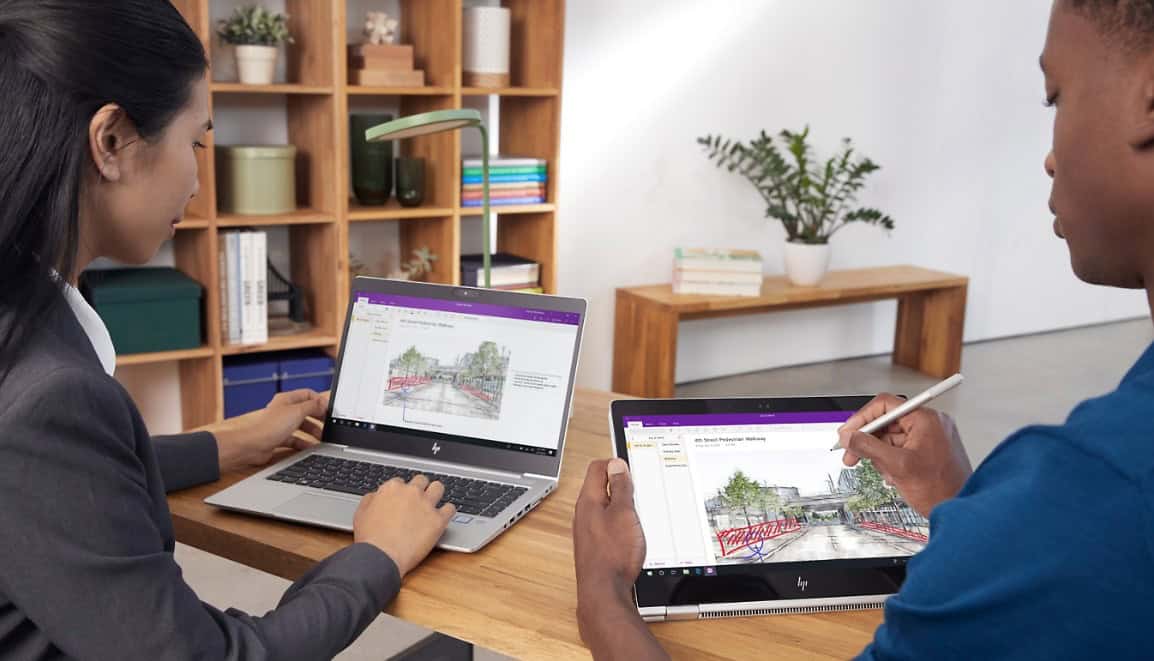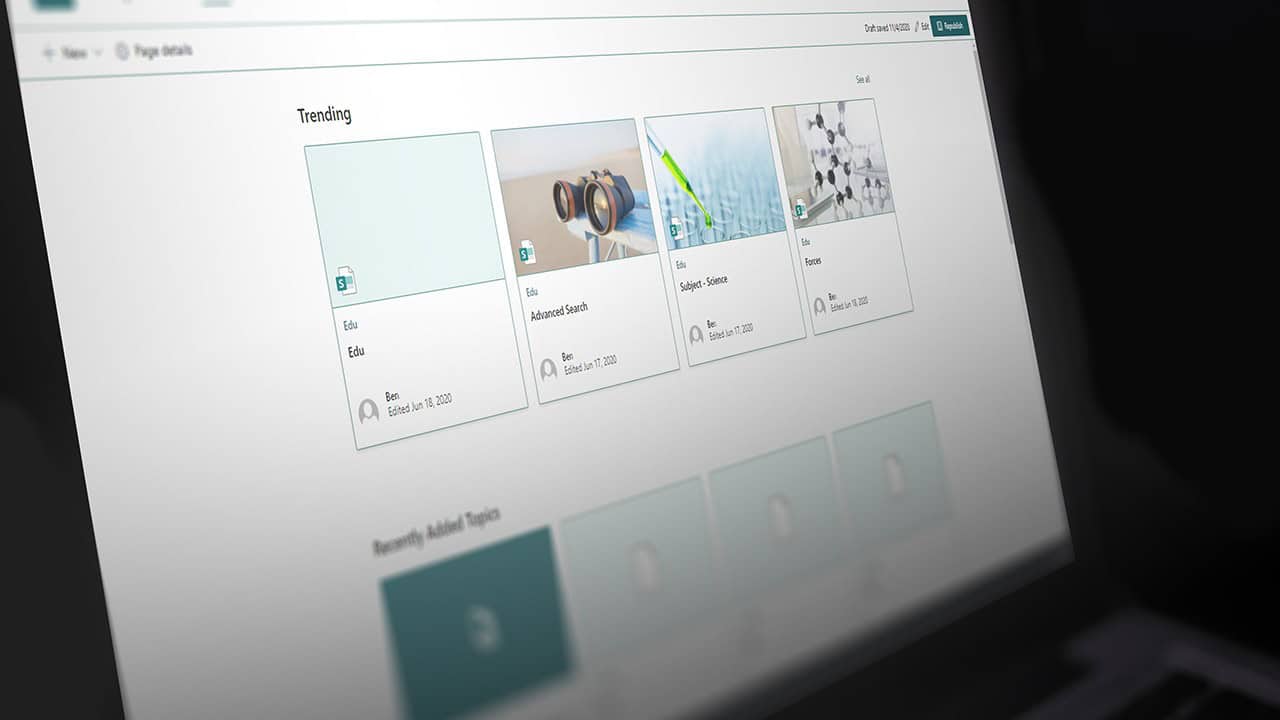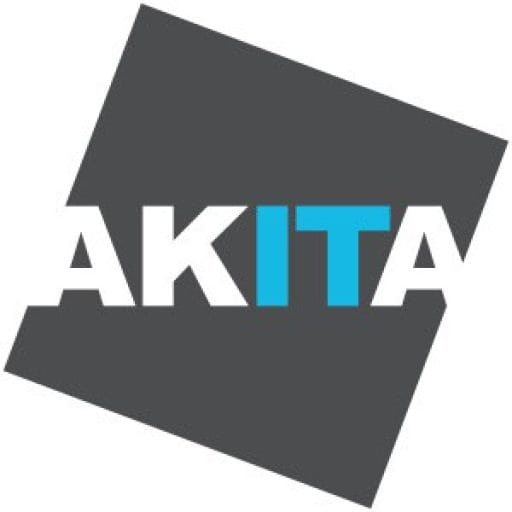The Windows 8 operating system will no longer receive updates or security patches. This leaves PCs and devices running this operating system vulnerable to future security breaches and malware attacks.
Microsoft announced the intention to end support for Windows 8.1 in 2016 as part of its planned operating system lifecycle. The news however covers the deep unpopularity of the operating system. Following on from the very popular Windows 7, Windows 8 introduced a new desktop interface that confused and alienated users. Though technically a faster OS than its predecessor, a complex UX meant most users took longer to perform tasks than with Windows 7.
Windows 8 End Of Support: What’s The Risk?
Statcounter estimates that as of the end of 2017, around 12% of Windows desktops globally were running 8 or 8.1. This compares to approximately 42% running Windows 7. With over one billion Windows PCs in operation, over half are now running without scope for updates, patches or additional security.
This in part explains the proliferation of 2017’s WannaCry Ransomware attack. Analysing the attack, Kaspersky Labs estimated that 98% of computers affected were running Windows 7. WannaCry, therefore, remains a threat to these PCs.
Companies still running computers on Windows 8.1, 8 or 7 should seriously consider updating to the latest Windows 10 operating system. Alternatively, businesses looking to safeguard all their computers and keep them up to date with ease should look at a cloud-based Virtual Desktop solution, where all machines run from a cloud server.
Akita is a Microsoft Tier One Cloud Solution Provider. To have a conversation about upgrading to Windows 10, or to get a demo of a Virtual Desktop solution, please get in touch:
Contact Us



